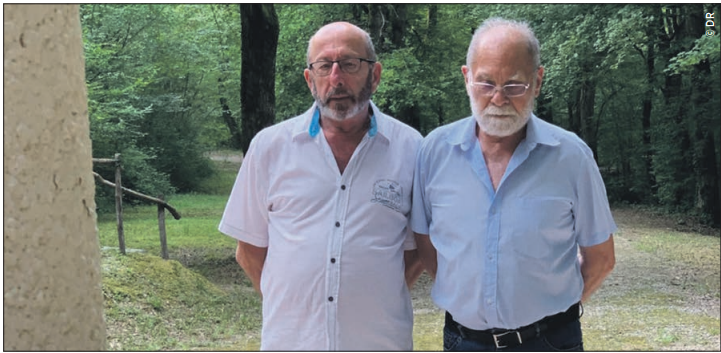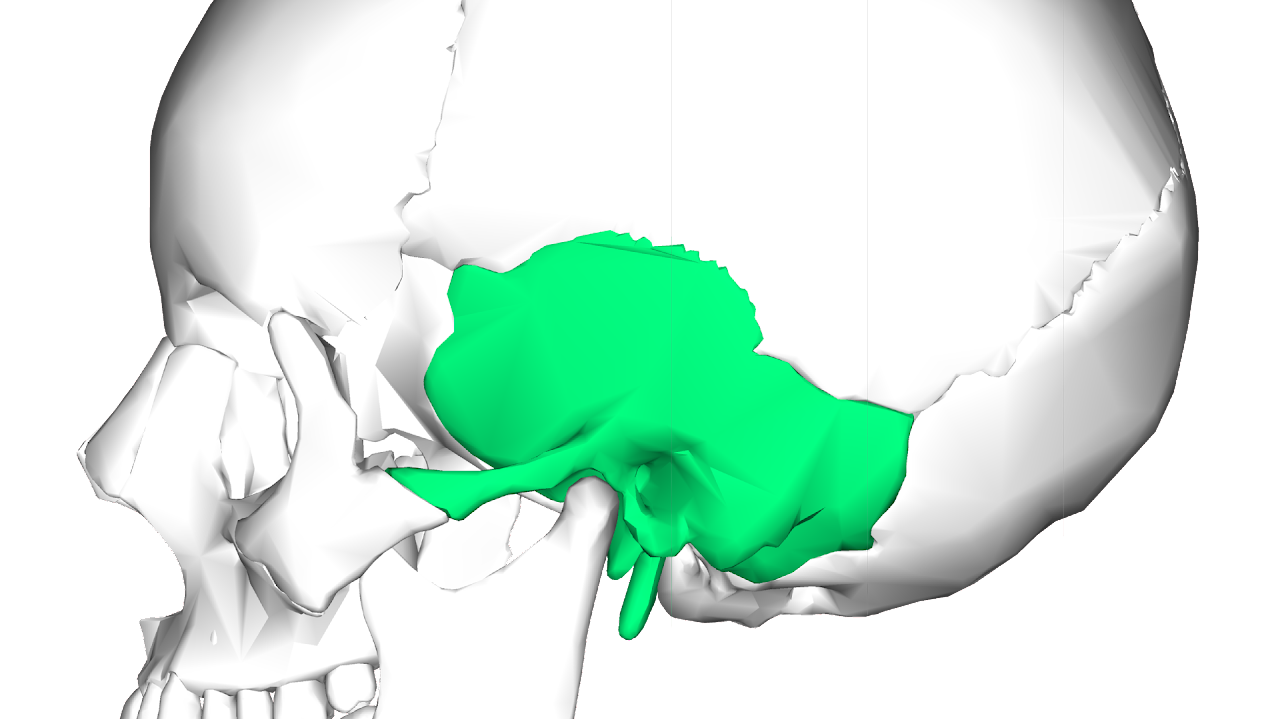Samedi 22 juin 2024, un hommage sera rendu aux fusillés du bois de la Reulle, 15 résistants tués le 27 juin 1944 par les Allemands dans un bois situé entre Castelmaurou et Gragnague (HauteGaronne). Si 10 de ces résistants ont été identifiés dès septembre 1944, quand les Allemands ont été contraints de déterrer les corps, 5 sont restés sans identité pendant près de 70 ans. Notre équipe a utilisé les techniques classiques d’identification génétique pour identifier 4 d'entre eux. Il s'agit de Charley de Hepcée, Pierre Cartelet, Marcel Joyeux et Jean-Baptiste Giorgetti. Mais alors que l’on s’apprête à leur rendre hommage, le cinquième résistant demeure inconnu. Nous avons testé une technologie innovante pour tenter d'identifier ce dernier résistant : la généalogie génétique. Cette dernière permettra t-elle de redonner un nom à ce dernier inconnu ?
- Lien vers l'article de la Dépêche






